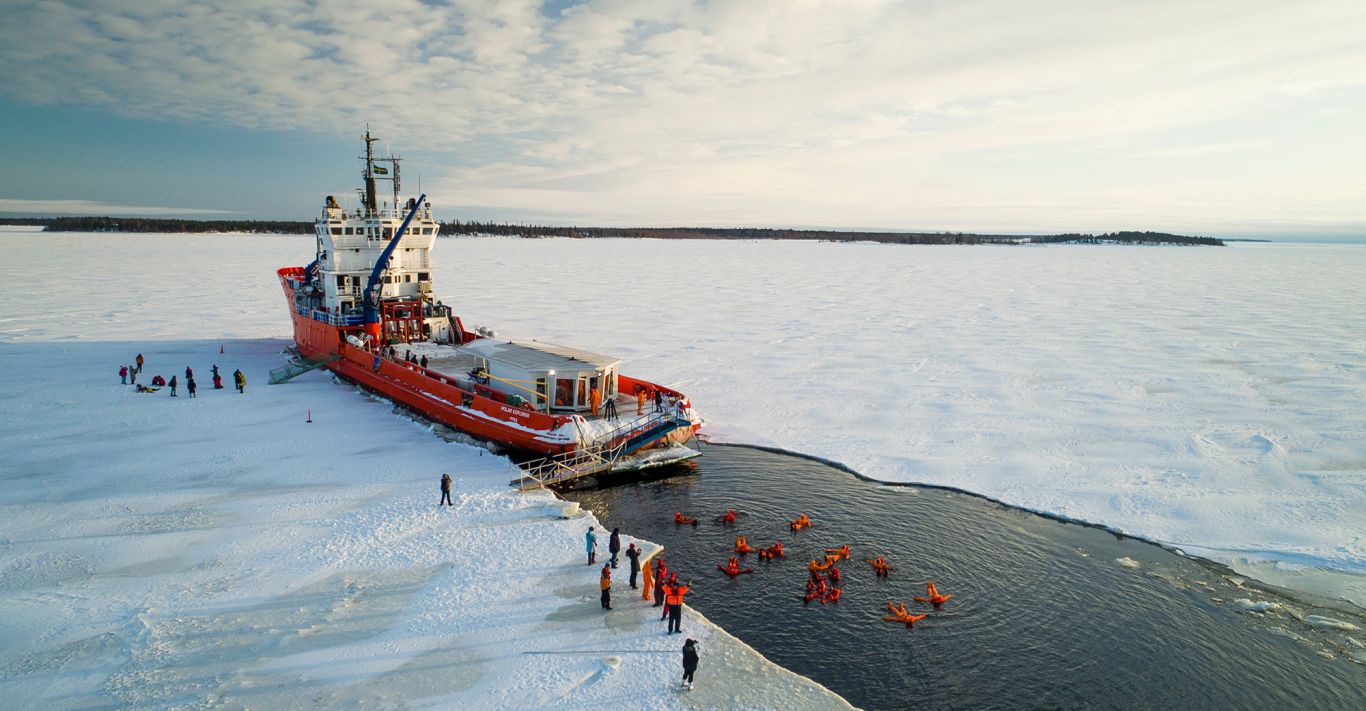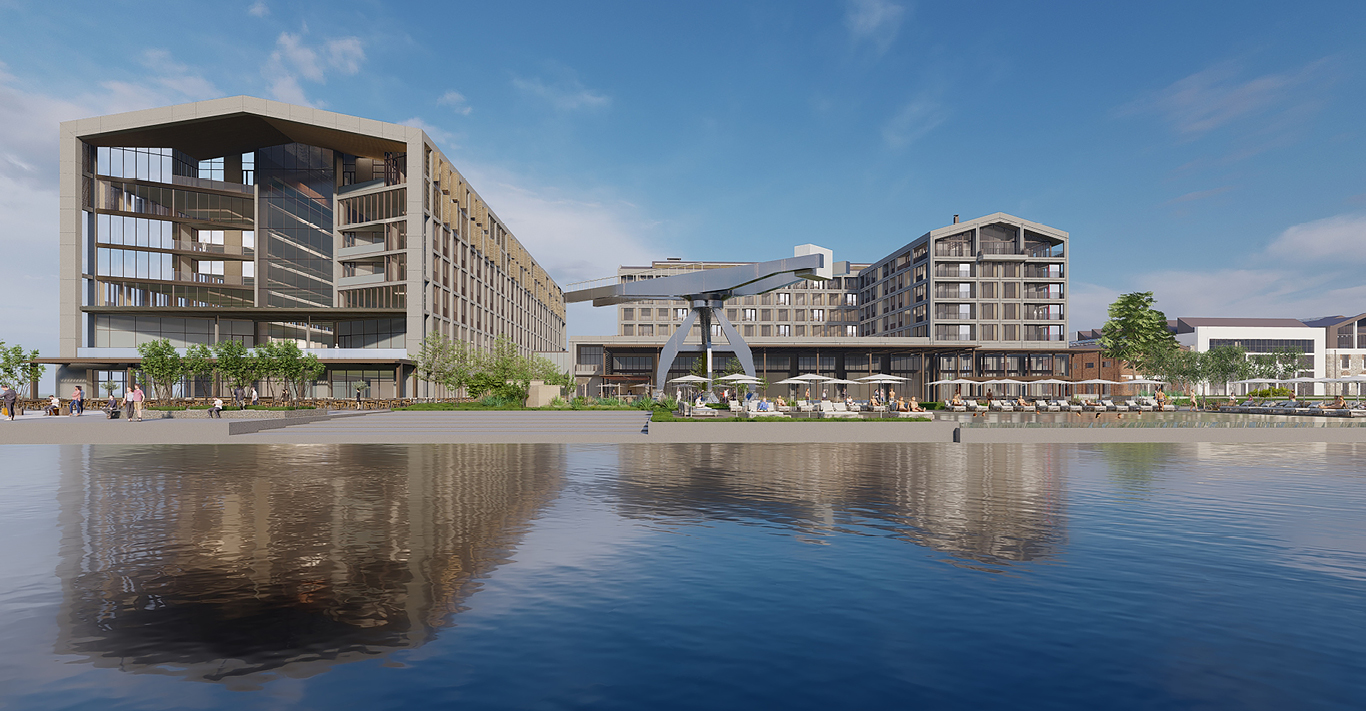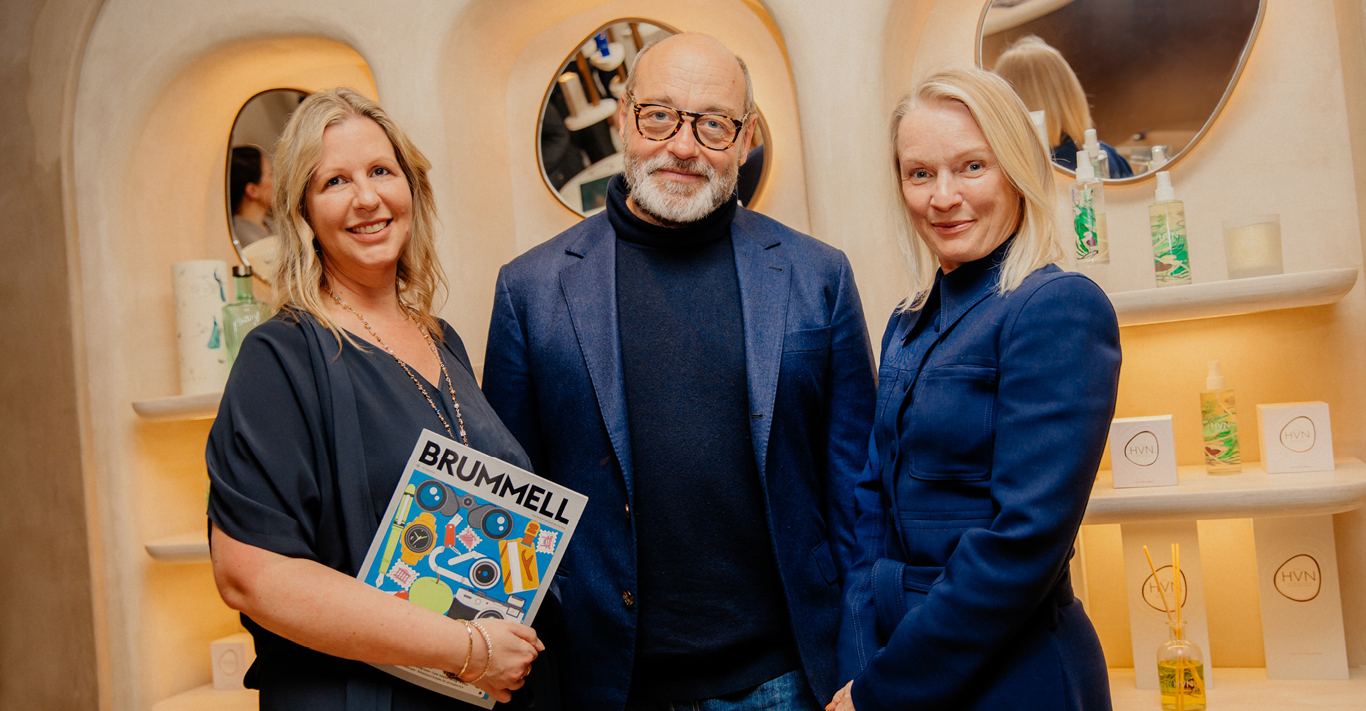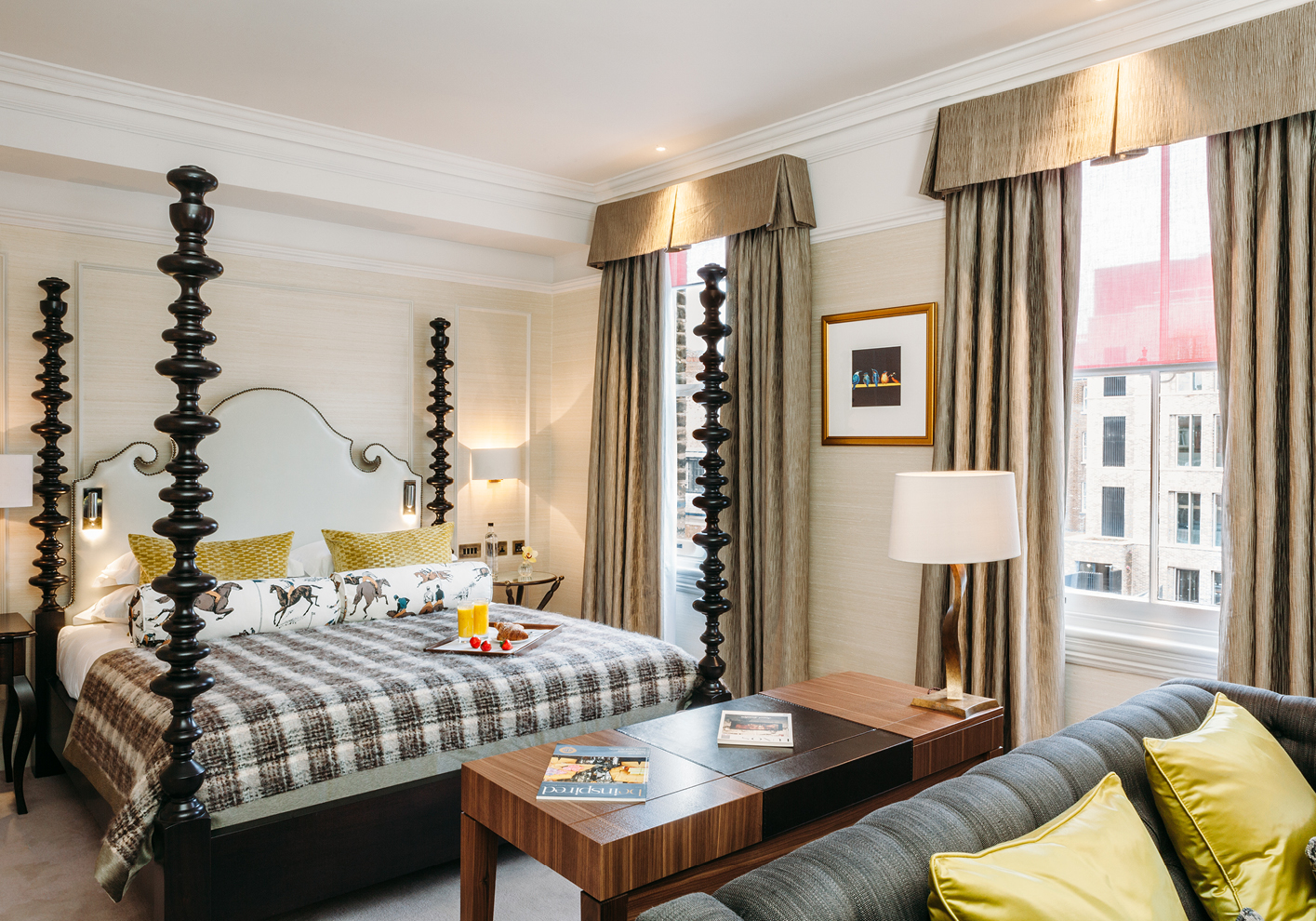WORDS
Ian Belcher
It’s a lido, Jim, but not as we know it. Sitting one kilometre offshore in Sweden’s frozen Baltic Sea, the 25m-long rectangular pool is sliced out of the dazzling crust by a 2,200-ton icebreaker. One end is marked by the Polar Explorer’s scarlet stern, the other by smashed slabs of ice, already knitting back together in the sub-zero air. Sun loungers, parasols and cocktails are not provided.
The planet’s most unusual swim deserves an unusual cozzy. Forget Vilebrequin, Orlebar Brown or Missoni mid-length shorts. You, my cold weather friend, will be wearing a bright orange neoprene survival suit with only your face exposed. Yes, you’ll resemble an obese elf, but this is Lapland so you’re on trend for Winter 2019.
The chilly dip might be humiliating for a fashionista, but it’s hugely popular. Since launching close to the Port of Kalix two years ago, the half-day cruises – a sharp, intense hit of the icy white high enjoyed on far longer Arctic and Antarctic voyages – have attracted around 10,000 passengers. A second tourist icebreaker now sails from nearby Piteå, its launch coinciding with Bollywood crews flying in to film a crash between the Polar Explorer and a car driving across the frozen sea. In short, the trips are both seriously cold and seriously hot.
Blame the mesmerising scenery. The annual December to May freeze in the Gulf of Bothnia – the slender armpit between Sweden and Finland – locks 4,001 islands in a rigid embrace, in an otherworldly landscape where sea and sky meld together into a vast white snow globe.
Or so I’m told. Our 9am departure means the poetry is smothered by murky Arctic twilight. The sun will sleep for another hour, only rising to stoop and wheeze just above the horizon, before vanishing at around 1pm.
Standing on deck as we grind away from Båtskärsnäs dock is an elemental experience: brutally cold air on my cheeks; the metronomic clunk of ice on reinforced hull; the prow crunching softly through the crust as if a giant dessert spoon is breaking into overcooked apple crumble.
The seven-storey ship that, in a previous incarnation, ferried supplies to Arctic oil rigs, pushes relentlessly into the Big White, its stepped bow surging down onto the ice sheet. As we pass the first of Kalix archipelago’s 792 islands, mainlanders’ red summerhouses peek through ethereal Narnian forests of spruce, reindeer lollop across clearings and a vein of mist betrays the morning labour of a fellow icebreaker, the fresh channel of open water reacting with the colder air.
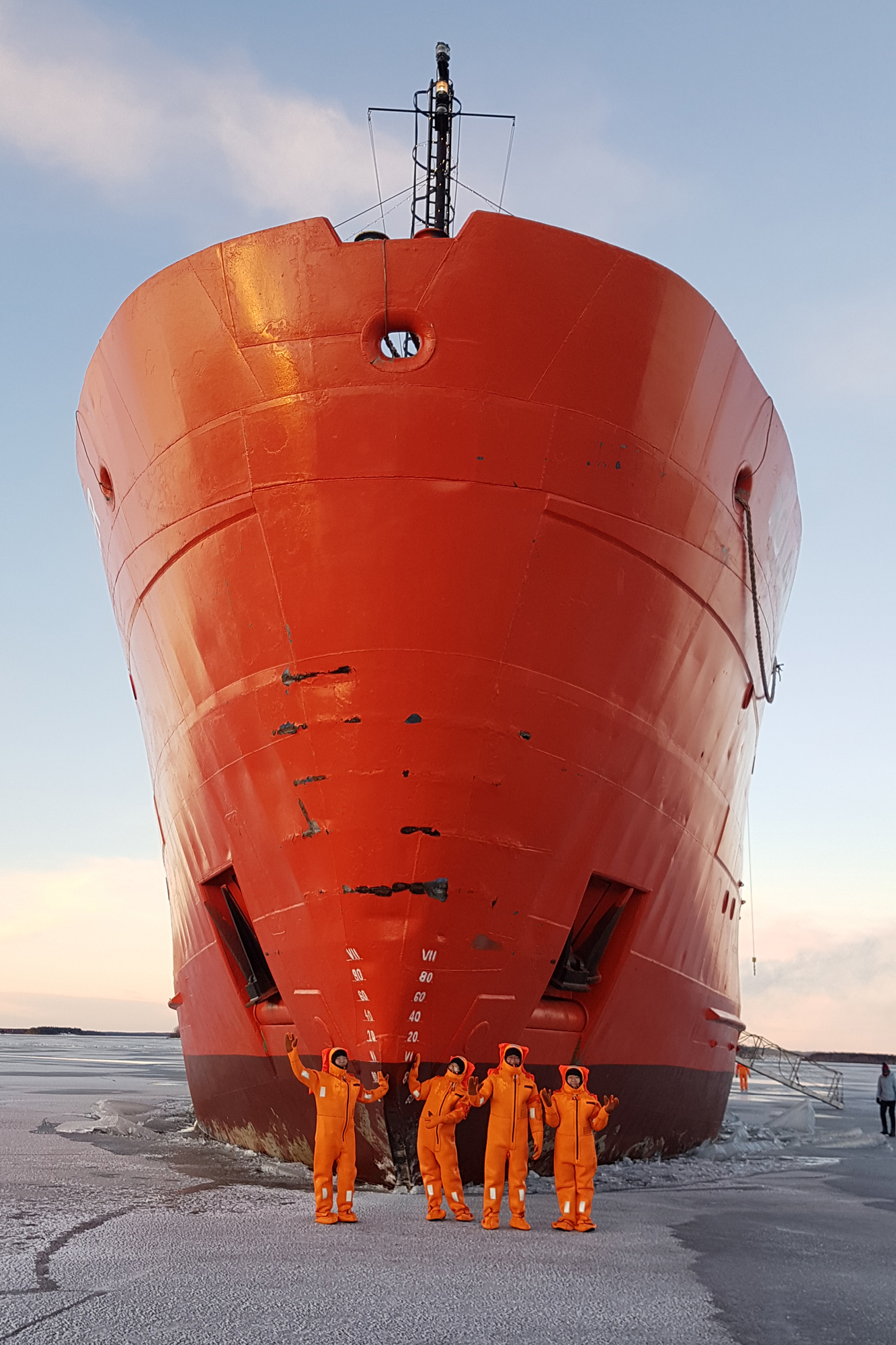
With the mercury nudging -9C, I visit the open bridge where Norwegian skipper Frank Hammero is engulfed by flickering screens. Rarely taking his eyes off the white world outside, he explains how, within two months, the crust will be a metre thick, ‘sometimes several metres where pieces break off and slide under each other’. The low salinity seawater freezes so fast ‘you can see crystals connecting as you swim’.
Frank and his icebreaker brotherhood play a central role in the regional economy. Four more vessels are based in Luleå, keeping shipping lanes open for paper and steel exports. Their Norse mythology names, including Atle and Frej, are perfect for the epic duel with nature yet also suit razors and condoms: slip into an Odin. Not right now, thank you. I’d prefer a survival suit. Around two kilometres from shore, observed impassively by an enormous sea eagle, the Polar Explorer cuts a gradual 360-degree circle and heads back towards the coast before its engines are dialled down from thrust to idle. Swim time.
No nudity was required for the making of this article. I don’t remove my merino-wool base layers, hiking trousers or thick socks. I simply pull on the superbly buoyant dry suit with its watertight seals and attached gloves, boots and head cover. Functionality trumps fashion. I can now endure six hours in the drink safe in the knowledge that my body temperature won’t fall by more than two degrees.
In fact, with 142 passengers waiting to plunge, I’ll only be in the Baltic for ten ludicrously entertaining, fabulously snug minutes. After dropping down from a platform on the stern, 20 elves at a time, we move with angel-wing strokes. Wide grins are de rigueur. This is well-insulated regression therapy. Zoning out, I drift to the far end of the pool, gazing past mounds of shattered ice to where an apologetic sun clings to the horizon by its fingernails: an astounding perspective. Tooting Lido will never compete. Just 20 hours later I’m rocketing across the frozen brine on a 30cm-deep cushion of air. ‘Help yourself to the squeezee,’ drawls genial captain Shane Doolin, as our breath mists the windows of the five-person hovercraft. ‘Otherwise it soon turns to ice.’ And you wouldn’t want to lose the view. Eighty kilometres south of Kalix the Luleå archipelago’s 1,300-plus islands share the same celestial beauty – although with more Clarksonesque transport. With no reverse gear or brakes, stopping requires a gleeful high-octane doughnut. As we curl around Hindersön Island – reached by Sweden’s longest winter ice road – our back end swings out with a rally driver’s panache.
After 20km we approach the thin edge of early winter’s still-growing crust. Behind us, newly broken shards bob in the coal-black water. Were we on snowmobiles we’d now be sinking into the depths. ‘I guarantee nobody else can get out here,’ declares Shane, a veteran of Australian naval submarines and warships. ‘It’s just us: our very own Arctic.’ Or, as the Polar Explorer’s obese elves might say: our very own lido.
Three nights including icebreaker cruise and hovercraft trip from £1,469pp, offthemap.travel. Flights to Luleå with norwegian.com


